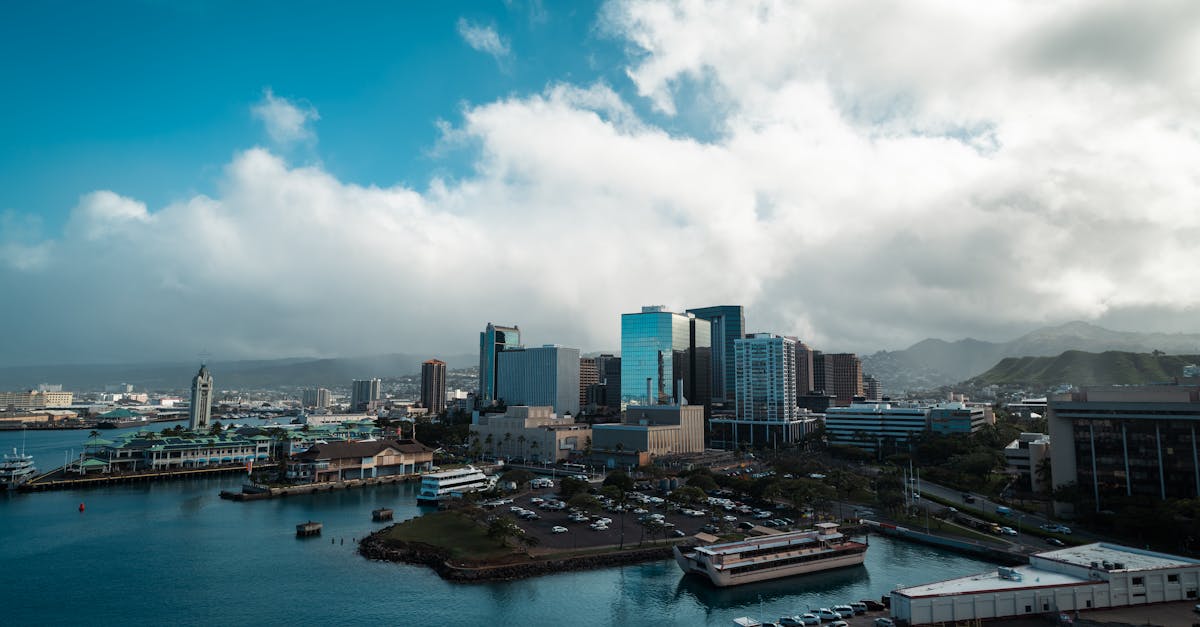The United Nurses Associations of California/Union of Health Care Professionals (UNAC/UHCP) members, representing over 31,000 workers, initiated a five-day strike starting October 14, 2025, impacting more than 500 Kaiser facilities across California and Hawaiʻi. This labor action, as reported by HawaiiNewsNow, stems from disputes over fair wages, safe staffing levels, and greater influence for caregivers in workplace decisions.
The strike's implications extend beyond patient care. Businesses and entrepreneurs reliant on the healthcare sector may face disruptions. The five-day walkout creates uncertainty for patients, potentially impacting the operations of related businesses such as pharmacies, medical equipment suppliers, and even local hospitality businesses that cater to visiting patients or families.
ABC7 reports that the striking workers include registered nurses, pharmacists, and various other healthcare specialists, emphasizing the breadth of the impact. The union is demanding better conditions and a stronger voice in operational decisions. In reaction to the strike, Kaiser Permanente has indicated that affected facilities are open with adjustments, aiming to minimize disruptions. However, the long-term effects remain to be seen.
Maui News also highlights the strike's impact with local Kaiser Permanente workers picketing. UNAC/UHCP Executive Vice President Peter Sidhu emphasized on UNAC/UHCP the importance of healthcare, posing the question of what happens to patient care when staff work past their limits. This situation presents both challenges and learning opportunities for Hawaiʻi's business community as they navigate the economic ramifications of a labor dispute within a crucial sector.



